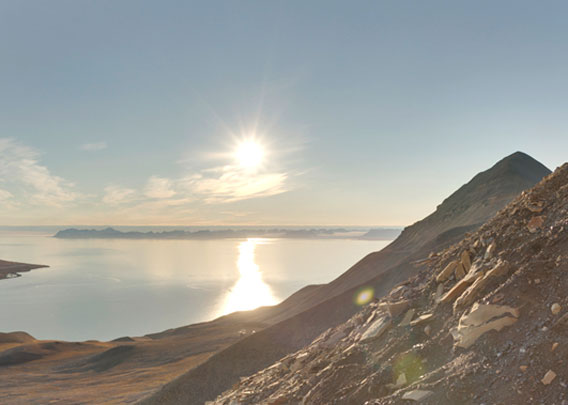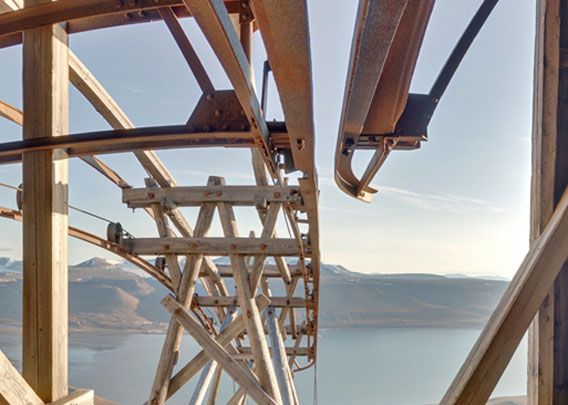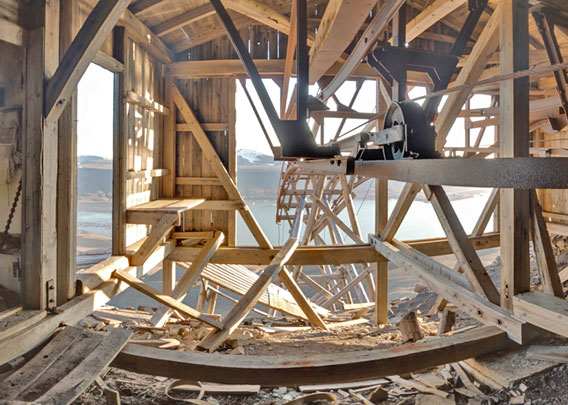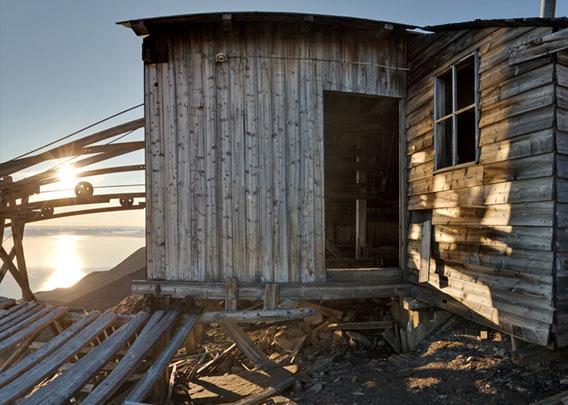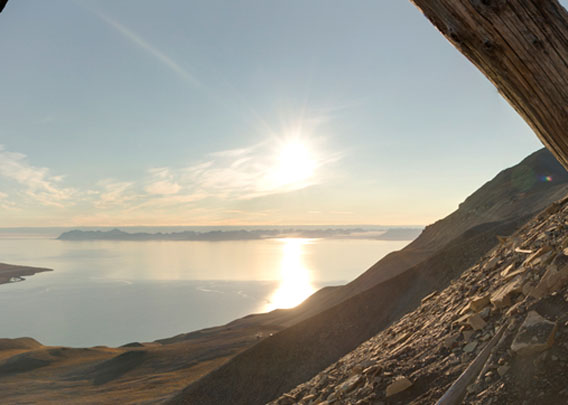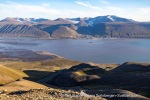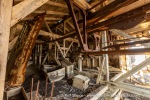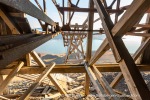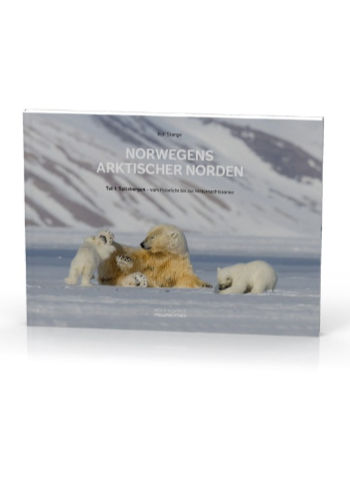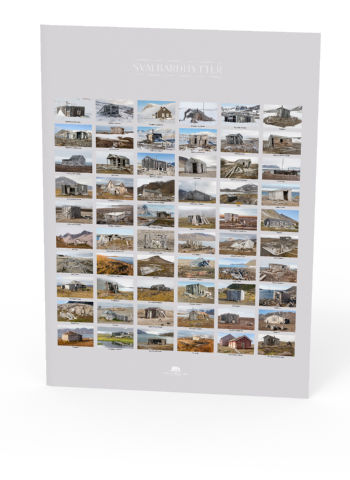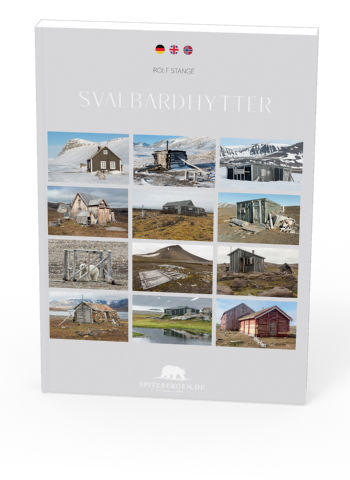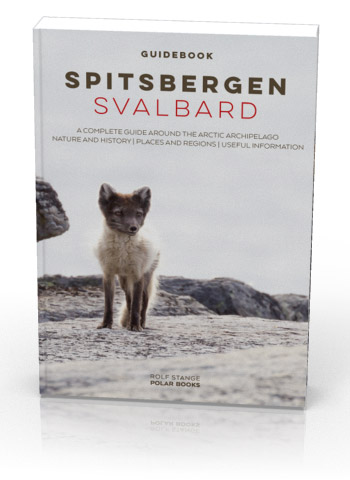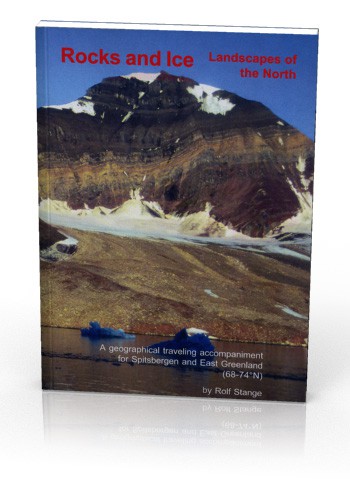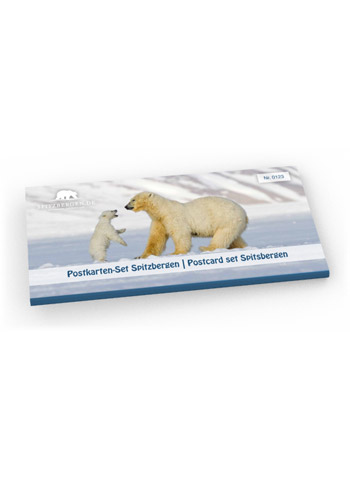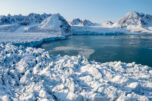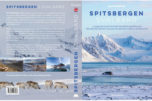-
current
recommendations- Liefdefjord
New page dedicated to one of Spitsbergen's most beautiful fjords. Background information and many photos.
- New Spitsbergen guidebook
The new edition of my Spitsbergen guidebook is out and available now!
- Liefdefjord
New page dedicated to one of Spitsbergen's most beautiful fjords. Background information and many photos.
Page Structure
-
Spitsbergen-News
- Select Month
- June 2025
- May 2025
- April 2025
- March 2025
- February 2025
- January 2025
- December 2024
- November 2024
- October 2024
- September 2024
- August 2024
- July 2024
- June 2024
- May 2024
- April 2024
- March 2024
- February 2024
- January 2024
- December 2023
- November 2023
- October 2023
- September 2023
- August 2023
- July 2023
- June 2023
- May 2023
- April 2023
- March 2023
- February 2023
- January 2023
- December 2022
- November 2022
- October 2022
- September 2022
- August 2022
- July 2022
- June 2022
- May 2022
- April 2022
- March 2022
- February 2022
- January 2022
- December 2021
- November 2021
- October 2021
- September 2021
- August 2021
- July 2021
- June 2021
- May 2021
- April 2021
- March 2021
- February 2021
- January 2021
- December 2020
- November 2020
- October 2020
- September 2020
- August 2020
- July 2020
- June 2020
- May 2020
- April 2020
- March 2020
- February 2020
- January 2020
- December 2019
- November 2019
- October 2019
- September 2019
- August 2019
- July 2019
- June 2019
- May 2019
- April 2019
- March 2019
- February 2019
- January 2019
- December 2018
- November 2018
- October 2018
- September 2018
- August 2018
- July 2018
- June 2018
- May 2018
- April 2018
- March 2018
- February 2018
- January 2018
- December 2017
- November 2017
- October 2017
- September 2017
- August 2017
- July 2017
- June 2017
- May 2017
- April 2017
- March 2017
- February 2017
- January 2017
- December 2016
- November 2016
- October 2016
- September 2016
- August 2016
- July 2016
- June 2016
- May 2016
- April 2016
- March 2016
- February 2016
- January 2016
- December 2015
- November 2015
- October 2015
- September 2015
- August 2015
- July 2015
- June 2015
- May 2015
- April 2015
- March 2015
- February 2015
- January 2015
- December 2014
- November 2014
- October 2014
- September 2014
- August 2014
- July 2014
- June 2014
- May 2014
- April 2014
- March 2014
- February 2014
- January 2014
- December 2013
- November 2013
- October 2013
- September 2013
- August 2013
- July 2013
- June 2013
- May 2013
- April 2013
- March 2013
- February 2013
- January 2013
- December 2012
- November 2012
- October 2012
- September 2012
- August 2012
- July 2012
- June 2012
- May 2012
- April 2012
- March 2012
- February 2012
- January 2012
- December 2011
- November 2011
- October 2011
- September 2011
- August 2011
- May 2011
- April 2011
- March 2011
- February 2011
- January 2011
- December 2010
- November 2010
- September 2010
- August 2010
- July 2010
- June 2010
- May 2010
- April 2010
- March 2010
- February 2010
- November 2009
- October 2009
- August 2009
- July 2009
- June 2009
- May 2009
- April 2009
- March 2009
- February 2009
- January 2009
- December 2008
- November 2008
- October 2008
- August 2008
- July 2008
- June 2008
- May 2008
- April 2008
- March 2008
- February 2008
- April 2000
- Select Month
-
weather information
-
Newsletter

| Guidebook: Spitsbergen-Svalbard |
Home
→ * Photos, Panoramas, Videos and Webcams
→ Spitsbergen Panoramas
→ Hiorthfjellgruva: Sneheim
Hiorthfjellgruva: Sneheim
Early 20th century coal mining on Hiorthfjellet, Adventfjord
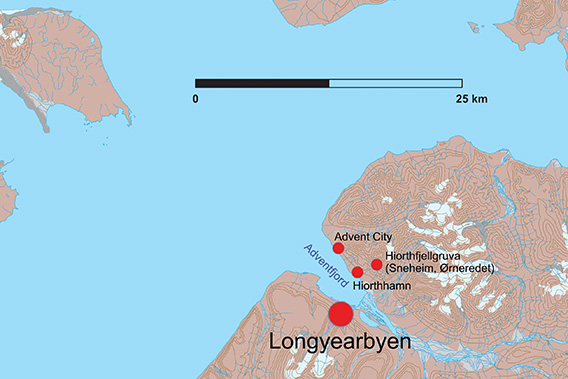
The old coal mine Hiorthfjellgruve (Sneheim, Ørneredet) is located on Hiorthfjellet on the north side of Adventfjord, opposite of Longyearbyen.
At the beginning of the 20th century, coal was mined in Adventfjord not only in Longyear City, as Longyearbyen was called until 1926, but also in Advent City and at Hiorthfjellet, the iconic mountain opposite Longyearbyen. The mine at Advent City is older and most of the buildings there were removed and transported further into the fjord to Hiorthhamn in 1917 to be reused there.

You have to look closely, preferably with binoculars, to see the installations Hiortfjellgruve from Longyearbyen. The mine (‘Sneheim’) is on the left and the workers‘ accommodation and mess hall (’Ørneredet”) on the right.
The naming of the facilities at the actual mine on the slope of Hiorthfjellet is somewhat confusing. Officially, the mine was called Hiorthfjellgruve (Hiorthfjell mine), but locally it was known as Sneheim (‘snow home’). More recently, the name Ørneredet (‘eagle’s nest’) has become established, but this has no historical reference.
On this page you can see pictures of and read about the entrance of the old mine. For the sake of easier overview, there is a separate page dedicated to the accommodation and mess hall, here referred to as ‘Ørneredet’.
Near the shore in Hiorthhamn there are still a few old buildings from that time and above all the cableway station / loading plant for the coal. However, this was mined high up on the mountain, 582 metres above sea level!
- pano anchor link: #a9p_Hiorthfjellet_23Aug14_386HDR
The effort required to get the building materials from the shore up to this height is almost unimaginable. It’s exhausting enough to hike up there when you’re only carrying camera equipment, something to eat and the obligatory rifle.
- pano anchor link: #a9p_Hiorthfjellet_23Aug14_427HDR
Until the cable railway, which could then be used to transport coal and materials, was built, every board, beam, nail and whatever else was needed had to be transported up on foot.
- pano anchor link: #a9p_Hiorthfjellet_23Aug14_463HDR
The workers also had to walk to the mine. Some are said to have stayed up there for months without ever getting to the actual settlement on the shore because they felt the effort would have been disproportionate. They were able to walk the few hundred metres between Sneheim (mine) and Ørneredet (mess hall, accommodation) further east at the same altitude, quite comfortably. ‘Comfortable’ is, however, a relative term, the miners at Hiorthfjellet were certainly no wimps.

The Hiorthfjellgruve ‘Sneheim’ (mine in front, barracks and mess hall behind).
What an adventure to build mining facilities in this terrain at an altitude of 580 metres!
There were even rumours that at least one worker had lived up there for seven or even twelve years without leaving the facility high up on Hiorthfjellet. This is obviously false: for a start, the mine was not in operation for that long. However, it is plausible that at least some of the workers spent the winter up there. In the early 1920s, it is said to have been customary to spend six days in a row up there and the Sunday when no work was being done in the more comfortable Hiorthhamn settlement. But some people may have thought that a day off down at the fjord was not worth the strenuous trip down and back up again.
The mining adventure in Sneheim came to an end in 1921. Mining was too difficult and expensive, and the coal deposits were not good enough. From 1923 to 1925 there was another attempt to mine coal in Sneheim, but there were only around 10 workers on site and the sporadic visits and trials from 1922 to 1935 produced just 10,000 tonnes of coal.
A final attempt was made in 1937-40, during which time workers are said to have spent more than a week at a stretch in Sneheim. In 1937 there were 24 people in Hiorthhamn / Sneheim. At this time, Hiorthhamn was renamed Moskushamn, as some muskoxen from Greenland had been released there some years ago (they would eventually die out in the 1980s). Perhaps the new owners wanted to distance themselves from the previous owner. In 1939-40, there were initially 73 people on site, but many of them left in the autumn due to the growing threat of war in Europe.
The mine has been decaying ever since.
- pano anchor link: #a9p_Hiorthfjellet_23Aug14_499HDR
The old path between Sneheim (mine) and Ørneredet (accommodation) was still easy to walk on in 2014, but has since partly slipped away. You should consider carefully if you venture in the steep terrain, where rocks or entire slopes can start moving at any time, and when in doubt, stay away from potentially dangerous areas. A digital trip to Ørneredet is just one perfectly safe mouse click away.
- pano anchor link: #a9p_Hiorthfjellet_23Aug14_535HDR
Main source: Leif Johnny Johannessen (2006): Hiorthhamn. Kulldrift under vanskelige forhold. Published by Sysselmannen på Svalbard, Longyearbyen.
The mine on Hiorthfjell: Sneheim
Last but not least, a few classic photo impressions of the Sneheim / Hiorthfjellgruve mine. The pictures are from 2014 and 2024.
- gallery anchor link: #gallery_3408
Click on thumbnail to open an enlarged version of the specific photo.
BOOKS, CALENDAR, POSTCARDS AND MORE
This and other publishing products of the Spitsbergen publishing house in the Spitsbergen-Shop.
last modification: 2024-12-17 ·
copyright: Rolf Stange
